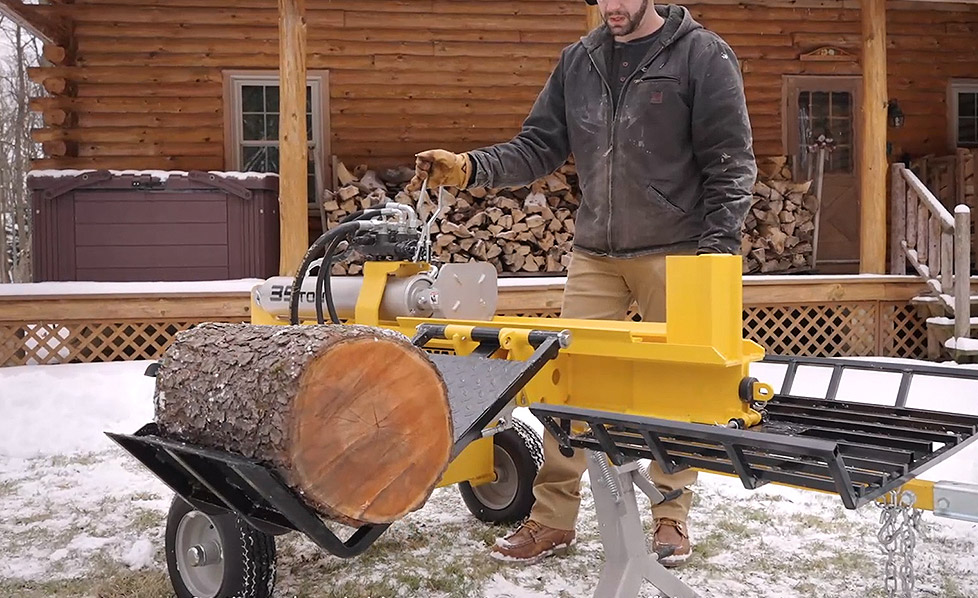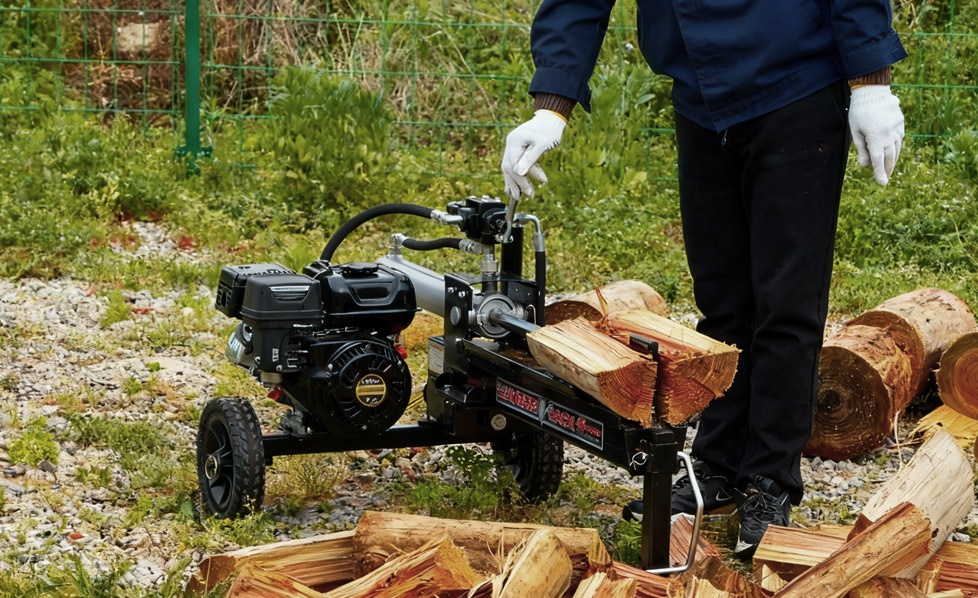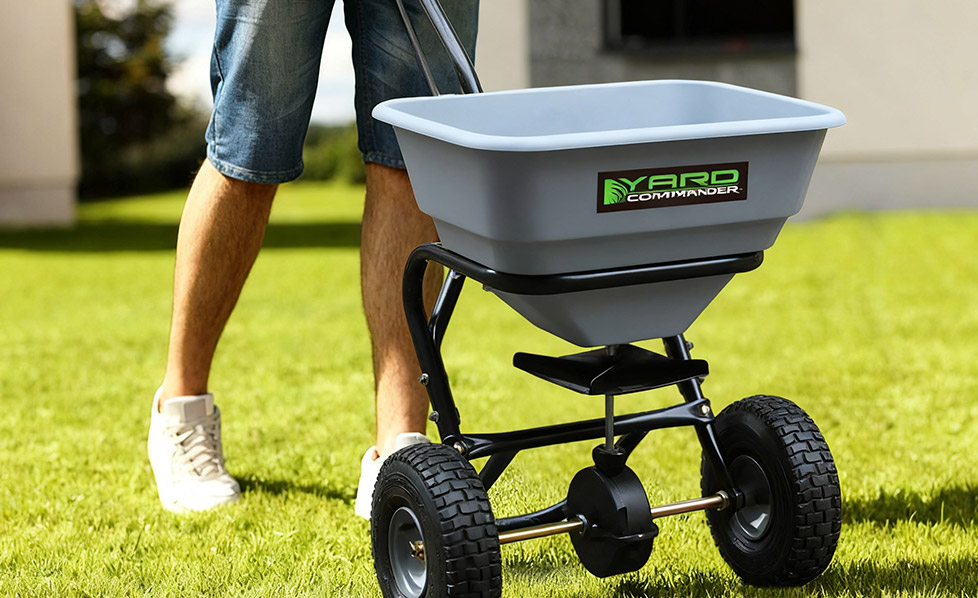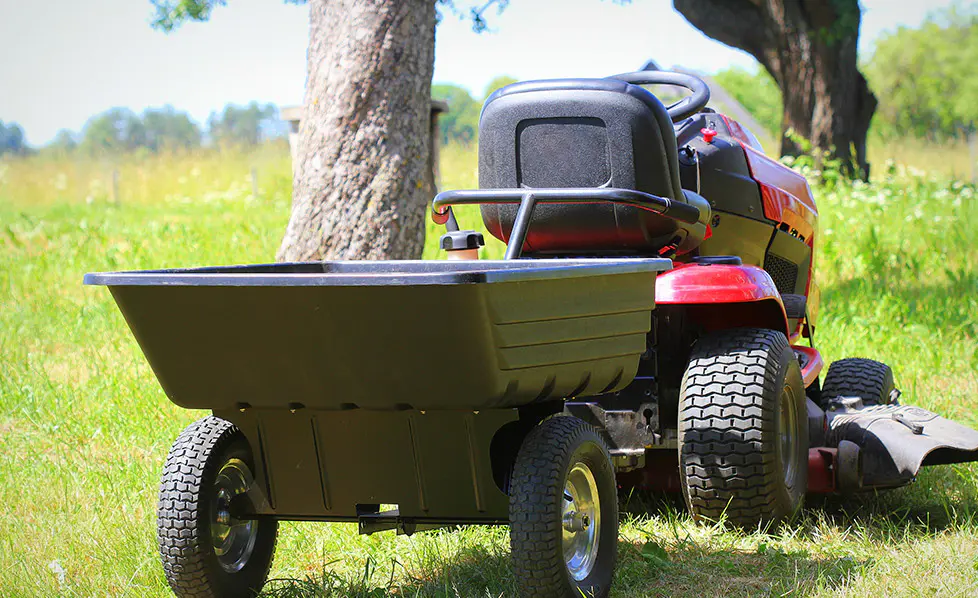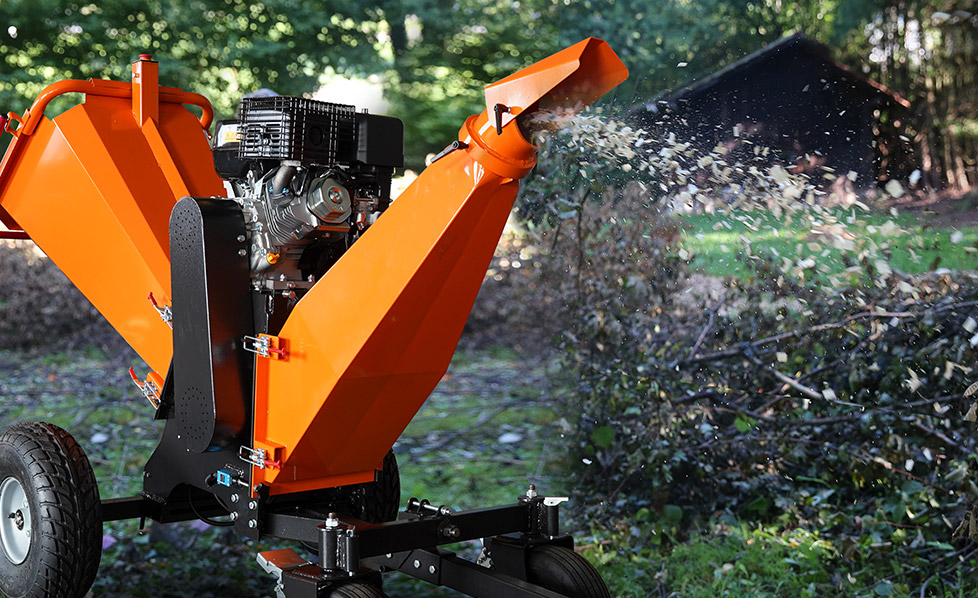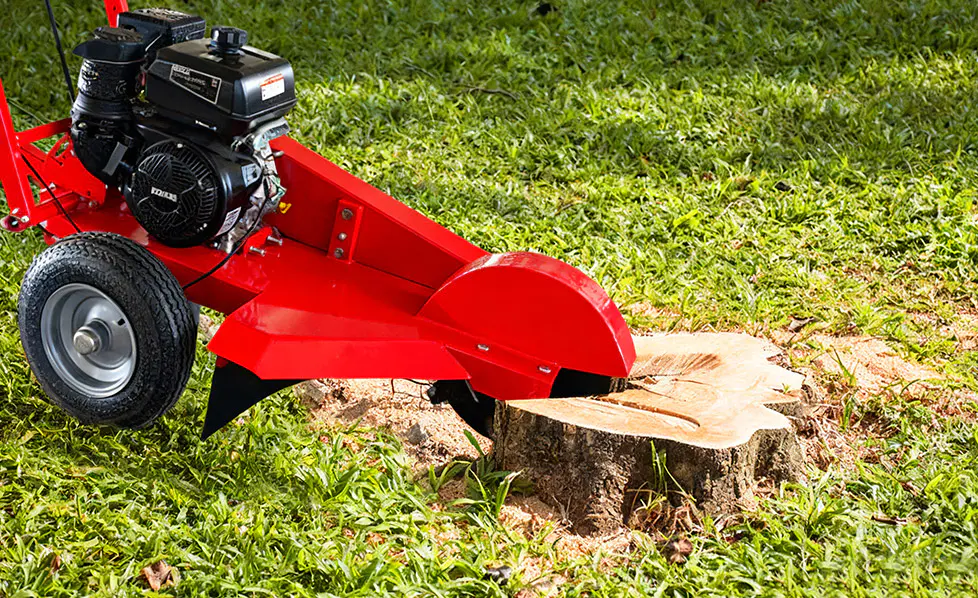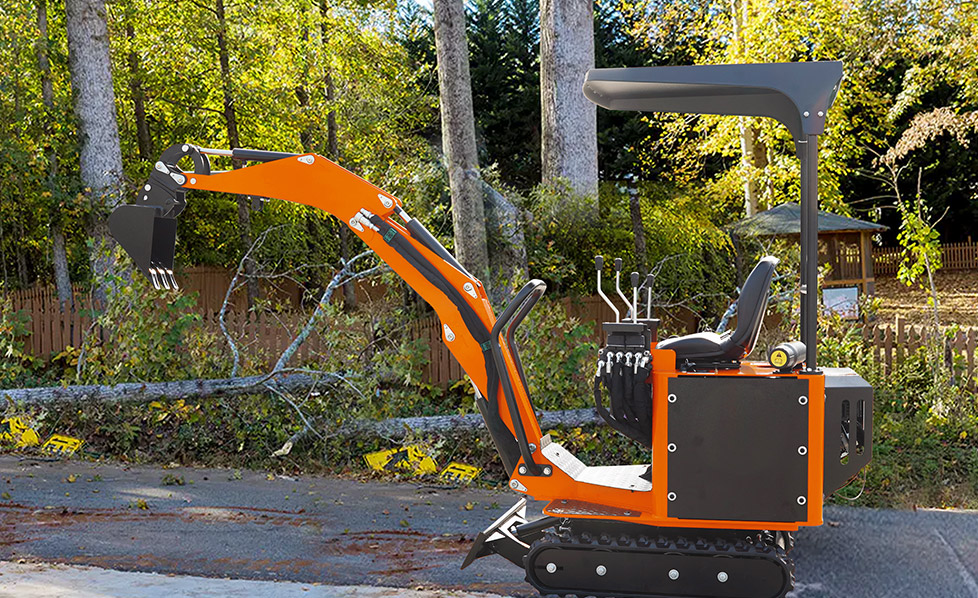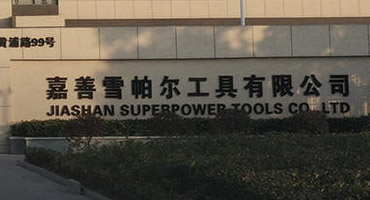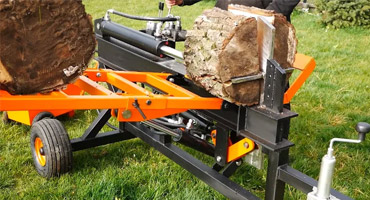 LANGUAGE
LANGUAGE


Web Menu
Product Search
Language
Exit Menu
Home / News / Industry News / Understanding Push Spreaders: Differences and Suitability for Uneven Terrain
Industry News
Our Footprints Are Around The World
We provide quality products and services to customers from all over the world.
We provide quality products and services to customers from all over the world.
Search
Categories
Understanding Push Spreaders: Differences and Suitability for Uneven Terrain
Push spreaders, also called broadcast spreaders or walk-in the back of spreaders, are vital gear for lightly distributing substances like fertilizer, grass seed, or ice melt. In this newsletter, we are able to discover the differences between push spreaders and other styles of spreaders, as well as their suitability to be used on choppy or hilly terrain.
How Does a Push Spreader Differ from Other Types of Spreaders?
Push spreaders function a unique layout and capability that sets them apart from their counterparts. In terms of layout, they usually consist of a hopper for containing the material, a rotating dispensing mechanism, sturdy wheels, and a manage for pushing the spreader. This design lets in for smooth maneuverability and efficient spreading over large areas.
One significant benefit of push spreaders is their potential to distribute substances in a printed pattern. Unlike drop spreaders that release substances at once under them, push spreaders disperse them in a wide arc, overlaying a bigger vicinity simultaneously. This feature makes push spreaders greater efficient and suitable for larger lawns or fields.
Benefits of Using a Push Spreader:
Push spreaders offer numerous blessings that make them popular amongst gardeners and owners. Firstly, they provide constant and uniform distribution of substances. The rotating mechanism in push spreaders ensures an excellent unfold, stopping over-application or uneven distribution that may arise with other spreader kinds.
Secondly, push spreaders are person-friendly and smooth to function. The manage and wheels make them easy to push, permitting easy movement throughout your garden or garden. Additionally, most push spreaders come with adjustable settings, permitting users to control the application fee in step with their wishes.
Suitability for Use on Uneven or Hilly Terrain:
When it involves uneven or hilly terrain, push spreaders may be appropriate but may additionally include some considerations. Their maneuverability is effective in navigating around boundaries which includes rocks or tree roots. The wheels provide stability, which helps prevent tipping on uneven surfaces.
However, on extremely hard or pretty sloped regions, push spreaders may additionally face limitations. The wheels would possibly conflict to hold traction or stability, impacting the spreading accuracy. In such instances, a extra specialised spreader, like a tow-in the back of spreader attached to an all-terrain vehicle (ATV), may be extra suitable.
Push spreaders are flexible equipment that provide green and uniform distribution of substances. Their capability to cover big areas and user-pleasant design are beneficial for gardeners and homeowners alike. While push spreaders can be used on uneven or hilly terrain, their effectiveness may additionally range based on the unique conditions. Analyzing the landscape and considering the slope and roughness of the terrain will help determine whether or not a push spreader is the first-rate preference or if an alternative spreader is extra suitable.
PREV:Maximizing Efficiency: Attaching and Utilizing a Tow Behind Spreader with Different Materials
NEXT:Exploring the Power and Versatility of Gas Log Splitters with Dual Action
NEXT:Exploring the Power and Versatility of Gas Log Splitters with Dual Action
Interested in cooperation or have questions?
FOR PURCHASE INQUIRIES
CONTACT US
BECOME AN AGENT
CONTACT US
PRODUCT
NEWS
CONTACT US
- No. 158 Songhai Road, Huimin Town, Jiashan City, Zhejiang Province P.R. China
-
Tel:
0086 573 8464 3695
0086 573 8464 7353
- E-mail: [email protected]
MOBILE

 English
English